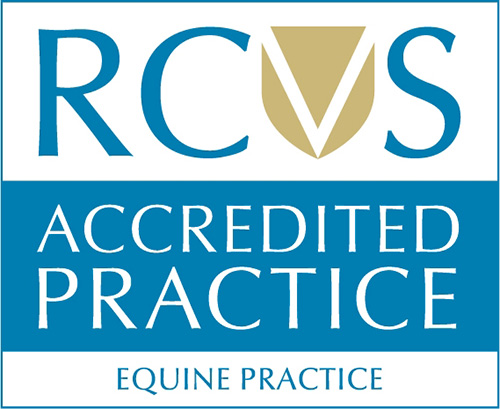Equine Gastric Ulceration
What is gastric ulceration and why does it happen?
Equine Gastric Ulceration Syndrome (EGUS) is a common disease affecting the equine stomach. The horse’s stomach is divided into two very distinct areas, the non-glandular/squamous region and the glandular region, which are separated by a sharp demarcation called the margo plicatus. Horses can develop ulcers in both parts of the stomach and horses may be diagnosed with either Equine Squamous Gastric Ulceration and/or Equine Glandular Gastric Ulceration. It is often perceived as a disease mainly affecting performance and racehorses, with studies showing that up to 90% of racehorses in training and 60% of performance horses having EGUS. However up to 50% of leisure horses, including ponies which live out 24/7 and 50% of foals in the UK may also suffer from EGUS.
Horses are designed to trickle feed, which means they forage and slowly graze for up to 20 hours a day. This constant grazing allows a continuous source of saliva and fibre within the stomach which is broken down by acidic gastric juice. When the stomach is empty this acid is still produced and can cause erosions to the mucus lining of the stomach, which subsequently leads to ulceration. During exercise, increased pressure on the stomach can cause acid to move to the non-glandular part of the stomach. This compression, coupled with a lack of fibre, can often lead to further damage to the stomach lining, which is why EGUS is often more prevalent in horses with a higher workload.
What are risk factors for gastric ulceration?
There are many risk factors for gastric ulceration including breed and management. Some risk factors are listed below:
- Low forage/roughage and high concentrate diets.
- Intense/increased levels of exercise – intense exercise can be classified as anything above walking.
- Prolonged periods of starvation/lack of access to forage throughout the day.
- Lack of access to fresh water.
- Increased stress levels that may be secondary to regular transport, change in management or housing, competition and separation from companions.
- Concurrent disease or lameness.
- Weaning is a risk factor for both mares and foals.
The use of anti-inflammatory medication has previously been implicated in the development of gastric ulceration, however recent research suggests this is not the case when they are used at normal dosages.
What are symptoms of gastric ulceration?
EGUS can cause signs of poor performance, recurrent low grade colic, loss of appetite, weight loss, dullness, and behaviour changes including aggression when grooming or tacking up.
How are ulcers diagnosed?
The “gold standard” for diagnosis of gastric ulcers is made by gastroscopic examination. Gastroscopy involves passing a narrow video-endoscope (fibre-optic camera) into the stomach, under sedation, to visualise the stomach lining and assess any ulcers that may, or may not, be present. This procedure is minimally invasive and well tolerated by most horses / ponies.
How are ulcers treated?
Treatment for EGUS is with oral or injectable Omeprazole, and/or Misoprostrol, and/or Sucralfate. Your vet will advise on the best treatment for your horse or pony. Ulcers are curable but may require long-term treatment and do require long-term management.
Feeding & management for affected or at-risk horses
Feeding management is aimed at optimising gastro-intestinal function and minimising the deleterious effects of excess acid and its production. A suggested feeding protocol for a horse with, or at risk of, gastric ulceration would include:
- Increasing pasture turnout with concurrent access to roughage/forage.
- Providing ad lib, good quality hay or haylage, and avoiding straw as the only forage available. In horses which are prone to putting on weight easily, it is still essential that feeding management is combined with weight management.
- Concentrates should be fed in small quantities and increase number of feeds rather than increasing size of feed where possible (less than 0.5kgs per 100kgs bodyweight per feed).
- Oil supplementation (e.g. 45-100mls of corn, rapeseed or vegetable oil, twice daily in feed), which coats the glandular portion of the stomach, providing additional protection.
- Minimising feed deprivation, especially no longer than 6-hour intervals with no access to forage (this includes during transport and while competing etc).
- Exercising your horses in the afternoon or giving a small fibre-based feed 30 minutes before exercise, to ensure that they have a fibre buffer preventing acid splash back - this will not increase the likelihood of colic.
- Free access to fresh, clean water at all times, including when turned out.
If you think that your horse has symptoms of EGUS please do speak to your vet.
To view/download a copy of this information in PDF format, please click here.
-
Previous
-
Next

